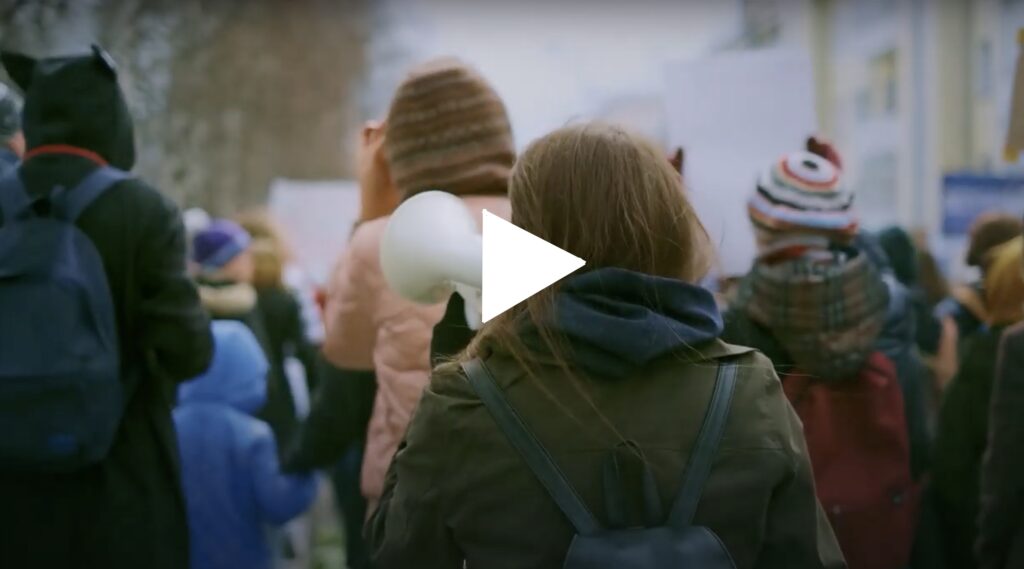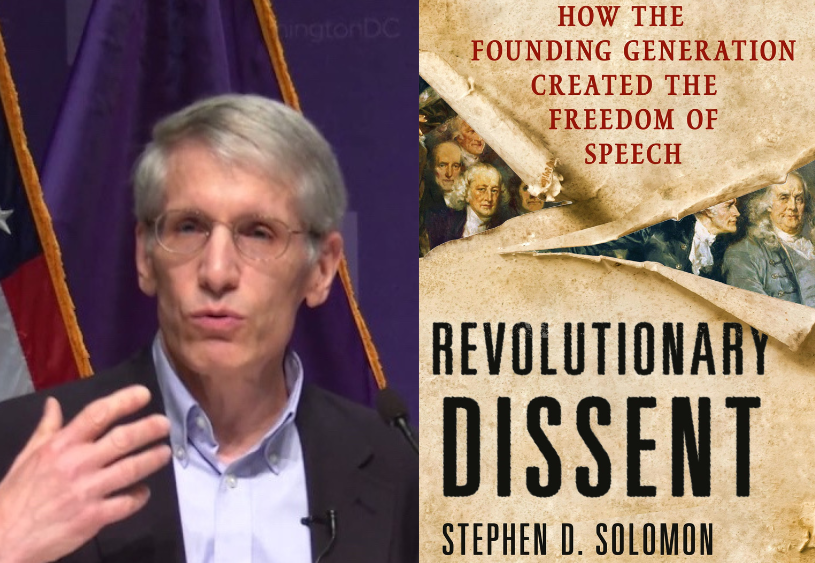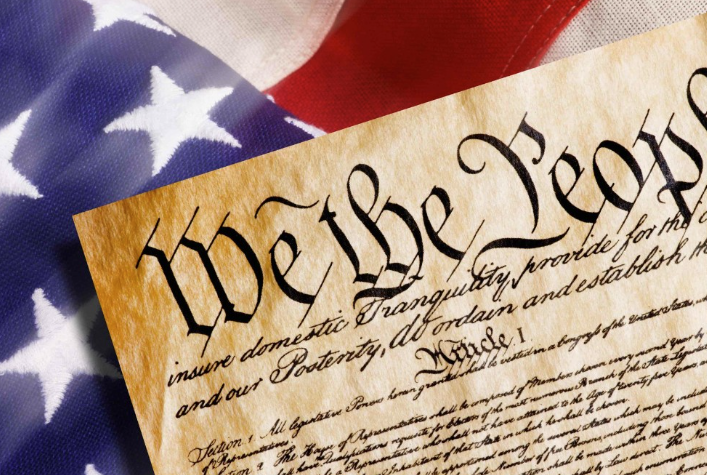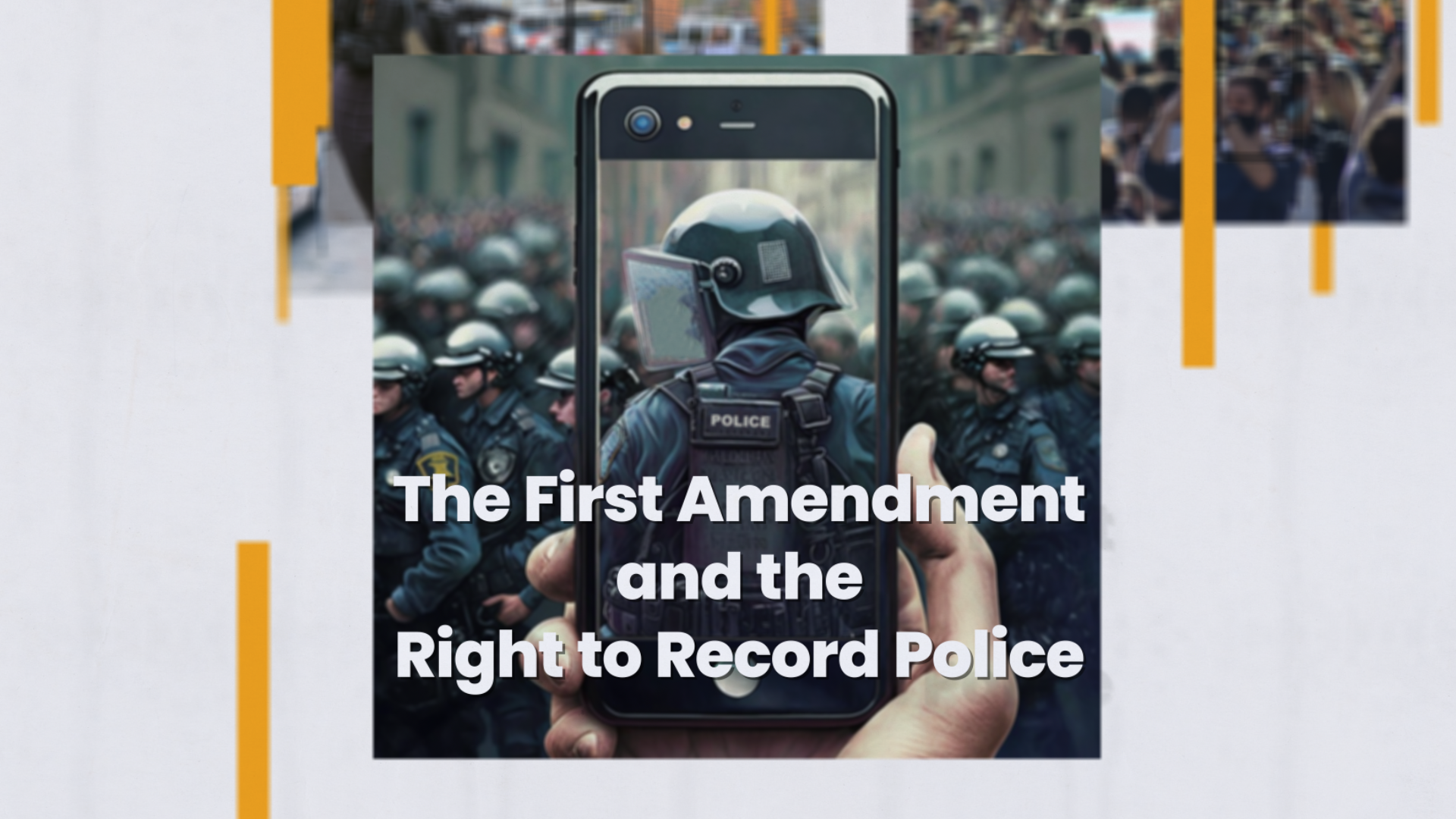First Amendment Watch, in partnership with the Foundation for Individual Rights and Expression, has developed a series of videos universities can use to teach students about free speech rights and the principles behind the First Amendment. The short video lessons can be used over zoom classes, assigned as homework, or shared on advisory pages to discuss the role of free speech and academic freedom in university life.
Please let us know if you have any questions, or tell us how you plan to use the videos by writing to firstamendment@nyu.edu.
Academic Freedom
The principles behind academic freedom are important for students to understand in any college classroom. This video covers the value of academic freedom in higher education, the rights of faculty, and how students can handle disagreements with their professors.
Use: Beyond use during digital or in-person orientations, this lesson can be used for onboarding TAs to give them an overview of their rights in the classroom. The framework for a faculty-led panel on academic freedom can also be used as a Constitution Day activity on campus.
Offensive Speech on Campus
Offensive speech is nearly unavoidable in diverse environments such as college campuses. With the help of Nadine Strossen, former president of the ACLU, this video teaches students how to cope with and respond to offensive speech. Additionally, it teaches why the First Amendment protects “hate speech” and when speech loses First Amendment protection.
Use: The video adaptation of this lesson and the script can be used during digital or in-person program orientations to teach students tactics for responding to offensive speech and when offensive speech loses First Amendment protection.
Campus Speakers and Counter-Protests
When controversial speakers are brought to campus, students often have questions about why such speakers are allowed to have a platform and how to respond productively to speakers they disagree with. This video covers topics such as viewpoint neutrality in administrative decision-making, freedom of association for student groups, counter-protests, and other methods of dissent.
Use: Beyond use during digital or in-person orientations, this lesson can be a tool to teach student government members and student organization leaders about how the university can and cannot respond to controversial speakers.
Limits to Free Speech
Teach incoming students about when speech crosses the line and loses First Amendment protection. This module focuses primarily on defining and providing examples of harassment, true threats, intimidation, and other unlawful conduct. With this knowledge, students can more accurately gauge when their speech, or their peers’ speech, may be impermissible or may result in violations of others’ rights.
Use: Beyond use during digital or in-person orientations, the video can serve as a resource on university web pages explaining student speech rights.
Talking Across Differences
When students enter college, they will meet people from all walks of life with different opinions, experiences, and backgrounds. This can be a difficult environment to adapt to, so it is important to help students develop the ability to talk across their differences. This skill will help students become more inquisitive and confident in their own knowledge.
Use: Beyond use during digital or in-person orientations, the video adaptation can be placed on university web pages explaining student rights or diversity and inclusion pages to give a fuller picture of how to embrace difficult conversations.
Student Protest Then and Now
Introduce students to the history of student protest on campus and how activists throughout history laid the groundwork for today’s robust protections for student speech. By highlighting the role of university students in the Civil Rights Movement and in fighting McCarthy era censorship, this video is meant to empower students to be active participants in their university community.
Use: Beyond use during digital or in-person orientations, this lesson can be used in first-year experience seminars so students have the opportunity to participate in discussions about the history presented and its relationship to current events on campus. This lesson can be particularly useful for teaching international students about the history of free speech on American campuses.
Social Media and Online Speech Rights Lesson
The online speech and social media posts of both students and faculty continue to be a growing source of controversy on campuses across the country. With this module, we introduce students to how the First Amendment applies to online speech, as well as how to respond productively to speech they find distasteful without resorting to calls for censorship.
Use: We suggest using this lesson in programming explaining IT policies or codes of conduct. The video can also be placed on university web pages explaining student rights or IT policies.
The Role of Student Publications on Campus Lesson
Whether they are recapping last night’s football game or investigating the latest community scandal, student journalists play an important role in campus life. This module is designed with an eye toward priming incoming journalism students about their basic rights and how to navigate speech-related issues they may face.
Use: The video adaptation of this module and the script can be used during digital or in-person journalism program orientations, class lectures, or as part of remarks while onboarding new student newspaper staff.
FAQ: The First Amendment and Campus Life
These frequently asked questions and answers provide the basic information incoming students need to know about how the First Amendment applies to speech on campus. This FAQ is meant to be used as a reference for students, which administrators can link to or copy for their own sites. FIRE and First Amendment Watch are available to help adapt the language to best suit a particular campus’s needs.
Use: This FAQ can be handed out to new students. Additionally, the text or video can be used on university web pages explaining student rights.
Three Arguments in Defense of Free Expression
When students enter college, they will meet others from all walks of life with different opinions, experiences, and backgrounds. This can be a difficult environment to adapt to, so it is important to help students develop the ability to talk across their differences. This skill will help students become more inquisitive and confident in their own knowledge.
Use: Beyond use during digital or in-person orientations, the video can serve as a resource on university web pages explaining student speech rights.



